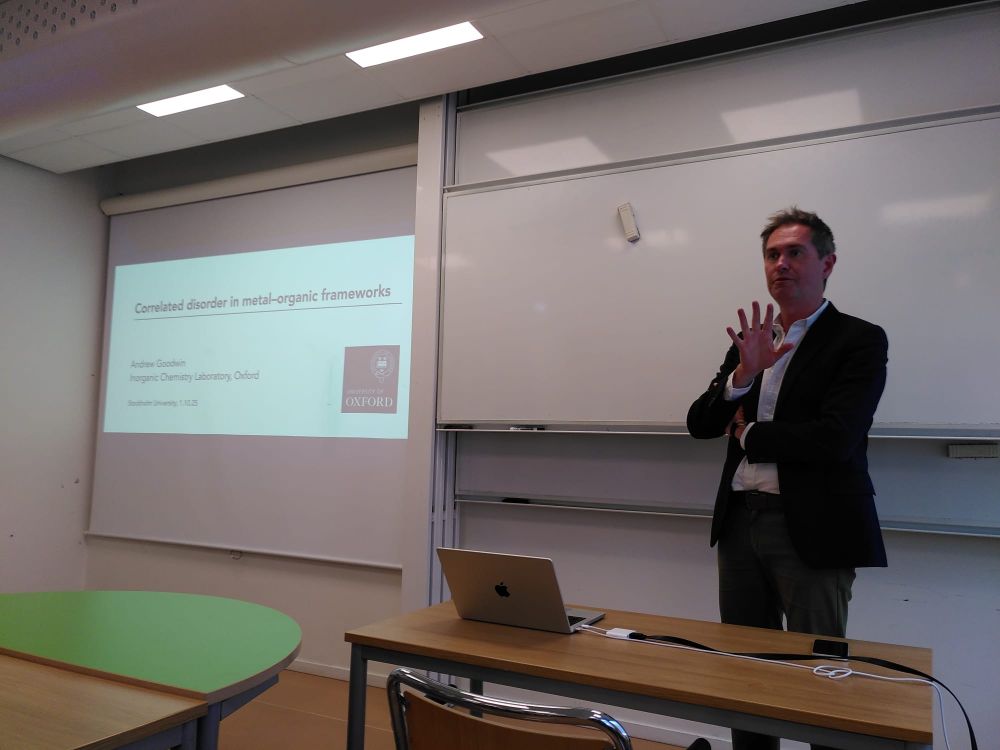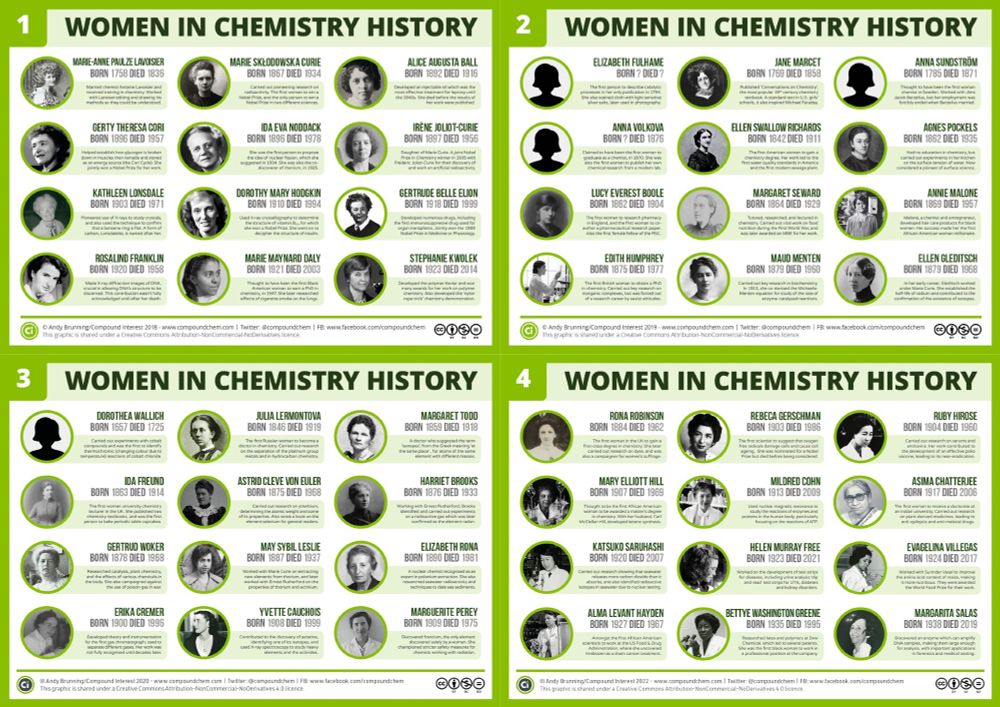Hanna Boström
@hannabostroem.bsky.social
240 followers
140 following
26 posts
Inorganic Chemist at Stockholm University. Nationally Swedish, academically British. Likes frameworks, copper, crystals, and wildlife. (she/her)
Posts
Media
Videos
Starter Packs
Hanna Boström
@hannabostroem.bsky.social
· Jul 11
Stimuli-responsive Prussian blue analogues
The metal--cyanide frameworks known as Prussian blue analogues display a suite of diverse and tuneable properties. In particular, they are often highly susceptible to modification by external stimuli,...
www.doi.org
Hanna Boström
@hannabostroem.bsky.social
· Jun 26

Assistant professor in Materials Chemistry with focus on Computational Materials Design
Stockholm University invites applications for an assistant professorship and an associate professorship, WISE fellows, within the framework of the Wallenberg Initiative Material Science for Sustainabi
su.varbi.com
Hanna Boström
@hannabostroem.bsky.social
· Jun 13
Relating structure, composition, and spin crossover properties in Hofmann complexes
Spin crossover (SCO) is attractive for applications within e.g. sensing or solid-state cooling,but controlling the properties is extremely challenging. Hofmann complexes, with formulaFeLx M(CN)4 ·G (L...
www.doi.org
Hanna Boström
@hannabostroem.bsky.social
· May 23
Hanna Boström
@hannabostroem.bsky.social
· May 14

Colossal Negative Area Compressibility in the Ferroelastic Framework Cu(tcm)
Copper(I) tricyanomethanide, Cu(tcm), is a flexible framework material that exhibits the strongest negative area compressibility (NAC) effect ever observed─a remarkable property with potential applications in pressure sensors, artificial muscles, and shock-absorbing devices. Under increasing pressure, Cu(tcm) undergoes two sequential phase transitions (tetragonal → orthorhombic → monoclinic): It has an initial tetragonal structure (I41md) at ambient conditions, but this structure only persists within a narrow pressure range; at 0.12(3) GPa, a pressure-induced ferroelastic phase transition occurs, transforming Cu(tcm) into a low-symmetry orthorhombic structure (Fdd2). The orthorhombic phase has a NAC of −108(14) TPa–1 in the b–c plane between 0.12(3) and 0.93(8) GPa. The NAC behavior is associated with framework hinge motion in a flexible framework with “wine-rack” topology. At 0.93(8) GPa, Cu(tcm) undergoes a second phase transition and transforms into a layered monoclinic structure (Cc) with topologically interpenetrating honeycomb networks. The monoclinic phase of Cu(tcm) exhibits a slight negative linear compressibility (NLC) of −1.1(1) TPa–1 along the a axis and a zero area compressibility of Kac = Ka + Kc = 0.0(4) TPa–1 in the a–c plane over the pressure range of 0.93–2.63 GPa. In contrast to the orthorhombic phase, its mechanism is understood as the pressure-driven dampening of layer “rippling,” which acts to increase the cross-sectional area of the layer at higher hydrostatic pressures. These findings have implications for understanding the underlying mechanism of NAC phenomenon in framework materials.
doi.org
Reposted by Hanna Boström
Reposted by Hanna Boström
Reposted by Hanna Boström


















